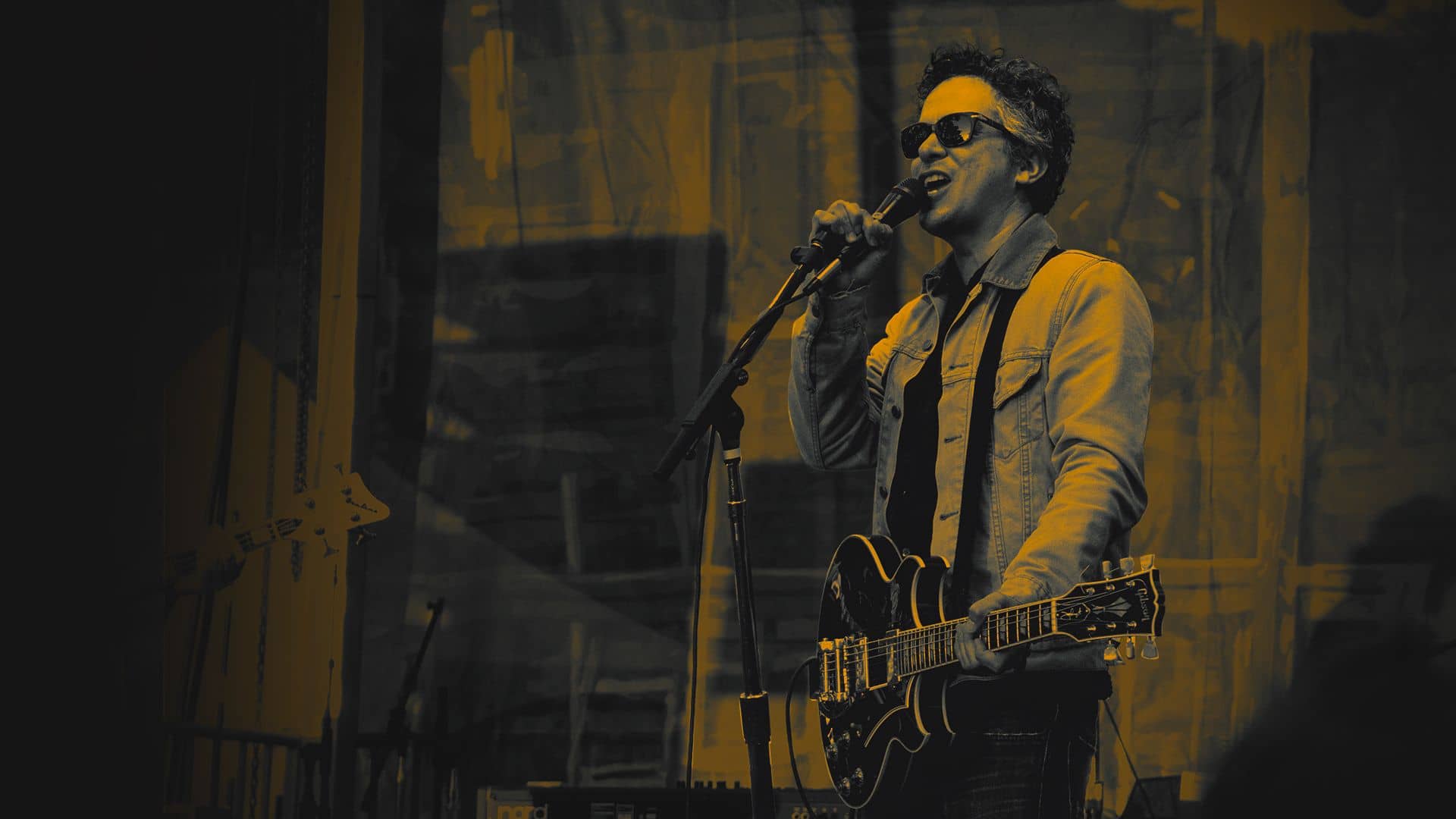Analog Tape vs. Digital Recording: Understanding the Impact of Recording Levels
Introduction:
As an experienced engineer, I am frequently asked about the best recording level to use. In today’s world of 24-bit 96 or higher resolution, the importance of recording at optimal levels might seem uncertain. However, as older engineers, we tend to lean towards recording a bit hotter. In this article, we will explore the reasons behind this preference and analyze the contrasting characteristics of analog tape and digital recording.
Analog Tape Recording
Analog tape, with its higher noise floor, presented two significant implications. Firstly, to overpower the inherent tape noise, elevated recording levels were necessary. Secondly, analog tape could handle hotter signal levels without audible distortion or clipping. This flexibility allowed engineers to capture dynamic performances with greater intensity, without the fear of peaking or distortion. The forgiving nature of tape resulted in a musical response even when driven vigorously.
Furthermore, analog tape introduced natural compression and saturation to recordings. When driven hard, the magnetic tape subtly compressed and saturated the signal, adding fullness, warmth, and smoothness. This desirable artifact played a role in shaping the overall sonic character of the recordings.
Digital Recording
Contrary to analog tape, digital recording operates on different principles:
1. Virtually No Noise Floor: Digital recording delivers an extremely low noise floor, imperceptible to the listener.
2. Lower Recording Levels: Without the need to combat significant noise floor, recording at lower, more conservative levels becomes possible while still capturing a clean and detailed signal.
3. Wider Dynamic Range: Digital recording offers a wider dynamic range, allowing for the capture of soft and loud sounds without pushing levels to extremes.
Conclusion:
Analog tape’s non-linear transient response gave recordings a distinct tonal personality, particularly benefiting dynamic instruments like drums and guitars. The tape’s capacity to round off and compress transient spikes added musicality and listenability to the recordings.
On the other hand, digital recording produces a more linear and clinical representation. While it ensures clean and accurate reproduction, some argue that it lacks the organic musical compression and punch found in analog tape.
Ultimately, there is no intrinsic superiority between analog tape and digital recording; each method possesses its own strengths and drawbacks. The true expertise lies in skillfully harnessing the unique attributes of both approaches. By understanding the impact of recording levels on analog tape and digital recording, engineers can make informed decisions that cater to the desired sonic outcome.

One response to “Analog Tape vs. Digital Recording: Understanding the Impact of Recording Levels”
Great article! Answers a lot of questions about the analog vs digital recording debate